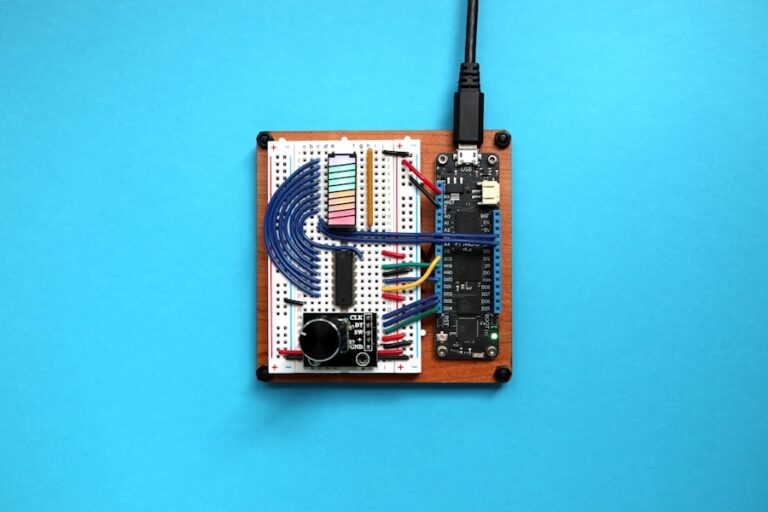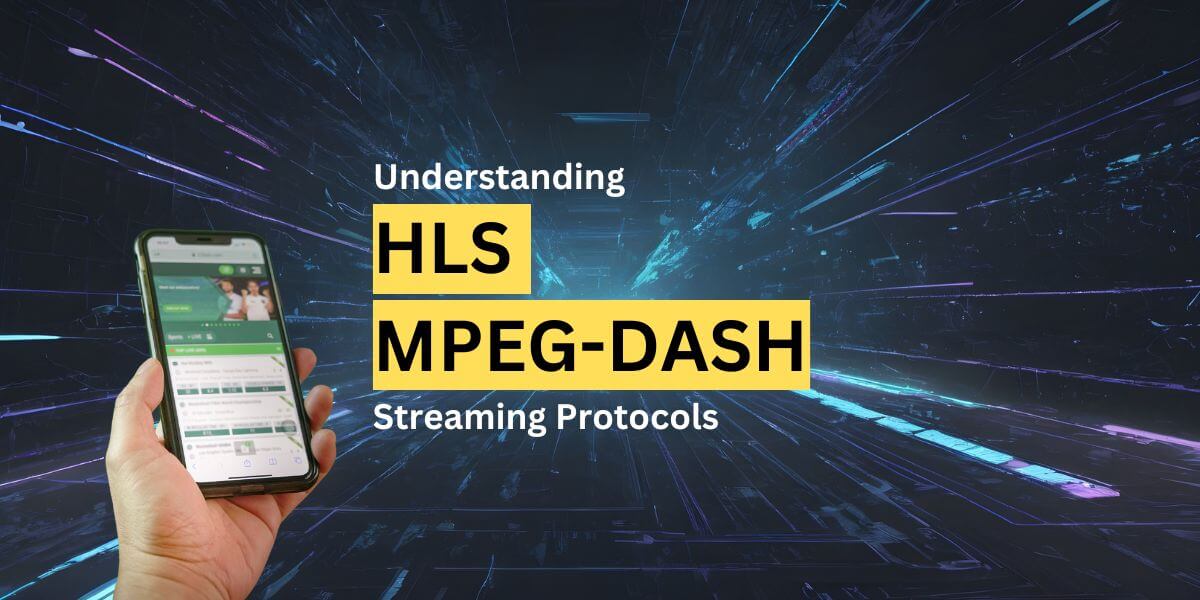Enhancing Video Delivery with Versatile Video Coding (VVC)
Key Highlights
- VVC, or Versatile Video Coding, is also called H.266. It is the new video compression standard that comes after HEVC, known as H.265.
- It has better compression efficiency. It can cut the bitrate by about 50% compared to HEVC while keeping the same quality.
- It is made to be versatile. It works well for many uses. It can handle different resolutions, from low-definition to 4K and beyond, as well as various frame rates, HDR content, and 360° videos.
- This technology uses new methods for compression, like flexible block partitioning and advanced motion compensation. These features help improve its efficiency.
- As more people adopt VVC, it holds great promise for improving video streaming quality. It can help reduce the bandwidth needed and support the delivery of higher resolution content.
Introduction
Versatile Video Coding (VVC), also known as the VVC video codec and H.266, has become an important international standard for compressing videos. This new standard, developed with input from the Video Coding Experts Group (VCEG) at the International Telecommunication Union (ITU), is a big step in the progress of video technology. It was created by the Joint Video Experts Team (JVET). The goal of VVC is to meet the rising need for efficient video delivery for many modern applications.
Understanding VVC and Its Evolution
Versatile Video Coding (VVC) is the result of many years of work in video coding technology. It marks a new time of better video compression, doing even better than High Efficiency Video Coding (HEVC) or H.265.
The Journey from H.264 to H.265 to H.266
The growth of video coding standards shows the ongoing need for better ways to compress video. This is important to keep up with changing video content and how it is delivered. Each new standard typically cuts bitrate by about 50% for the same video quality compared to the one before it.
H.264, or Advanced Video Coding (AVC), was a big milestone for compression. It helped high-definition video become common. Then came H.265, or High Efficiency Video Coding (HEVC), which was developed with two primary goals – improved compression performance and support for 4K video content.
Now, we have the new standard called VVC, which goes even further. It uses advanced algorithms, making it a potential game-changer for delivering high-quality video.
Key Innovations Introduced by VVC
VVC builds on earlier video coding technology but adds many new features to improve compression performance. One important upgrade is its flexible block partitioning. This helps the encoder represent detailed and complex areas in videos better.
VVC also offers improved motion compensation. It predicts how objects move in a video more accurately. This helps decrease the amount of data needed to save motion information.
Together, these upgrades help VVC achieve better compression. This opens new doors for delivering high-quality video content while using less bandwidth.
Technical Dive into VVC Mechanics
VVC works very well because of its smart use of complex technical methods. These methods are created to remove any extra parts from video data. The Joint Video Experts Team (JVET) spent years studying and developing these techniques. This has led to big improvements in video compression technology.
VVC looks closely at the video frames to find and use both spatial and temporal redundancies. By doing this, it can cut down a lot on the data needed to show the visual information clearly.
How VVC Achieves Superior Compression
The Joint Video Exploration Team (also called Experts) Team (JVET) saw problems with older standards. They worked on creating new tools and improving existing ones. Common Test Conditions for VVC use lossy compression, which means some video information is lost while encoding. This method aims to find a good balance between how much the video can be compressed and how good it looks in April 2018.
A key part of VVC’s improved compression is its advanced block partitioning system. Instead of using fixed-size blocks like older standards, VVC uses a flexible structure. This means it can change block sizes according to the details in each video frame.
In addition, VVC has smart motion compensation techniques. These techniques help to use the similarities in a video over time more precisely. By predicting how objects move between frames, VVC can reduce the amount of data needed for motion information a lot.
Comparing VVC with Previous Standards
VVC raises the bar in video compression, offering substantial improvements compared to earlier standards. The differences are evident in the table below, which provides a side-by-side comparison of VVC’s key features and capabilities against two prominent predecessors: H.264 (AVC) and H.265 (HEVC standard).
|
Feature |
H.264 (AVC) |
H.265 (HEVC) |
VVC (H.266) |
|
Compression |
Up to 50% compared to MPEG-2 |
Up to 50% compared to H.264 |
Up to 50% compared to H.265 |
|
Max Resolution |
4K |
8K |
16K and beyond |
|
HDR Support |
Limited |
Yes |
Yes |
|
Typical Use Cases |
Broadcast TV, streaming |
4K streaming, video conferencing |
Next-gen streaming, VR |
The table illustrates the evolutionary progress of these standards in terms of compression efficiency, resolution support, and advanced features such as High Dynamic Range (HDR) support.
The Impact of VVC on Satellite TV and OTT Streaming
VVC’s launch is a key moment for apps that use a lot of video. It promises to change how satellite TV and OTT streaming look in a big way. Its great compression skills allow for a better viewing experience without needing more bandwidth.
For satellite TV, VVC helps by letting providers send more channels through the same bandwidth. This means they can offer higher quality content like 4K and 8K. In the end, this is a big win for consumers.
Enhancements in Video Quality and Delivery
VVC helps satellite TV and OTT streaming services improve video quality while using less bandwidth. Viewers will see sharper images, smoother motion, and brighter colors, especially with high-resolution content.
With better compression, VVC delivers High Dynamic Range (HDR) video. This means you get more contrast and richer colors, which greatly improve what you see. This is vital for content on networks with limited bandwidth because VVC provides high quality with very little buffering.
These improvements make watching videos more exciting for users on different devices. VVC plays a key role in the future of entertainment.
Bandwidth Efficiency and Its Benefits
Bandwidth efficiency is very important for video streaming. VVC helps a lot by cutting down the video data needed for sending. This change opens up new opportunities.
Thanks to this efficiency, there are shorter buffering times and smoother playback. This is true even when streaming high-quality video over busy networks. For content providers, VVC can also mean saving money on infrastructure costs.
The benefits of VVC go beyond just entertainment, reaching a broad range of applications. In telemedicine, high-quality video is key for remote diagnoses. Also, for video conferencing solutions, clear communication is necessary. VVC’s efficiency can greatly change how these services work.
Challenges and Solutions in VVC Adoption
Widespread use of VVC looks good, but there are challenges to overcome. Licensing and hardware needs are two big hurdles. For content distributors, understanding the patent situation and possible royalties tied to VVC can be complicated.
To fix these problems, everyone involved needs to work together. Setting up clear and fair licensing rules will help people adopt VVC more easily. It’s also important to create affordable and efficient encoder and decoder hardware. This will help content creators and device makers do their best.
Licensing and Patent Landscape
VVC’s licensing and patent system is complicated because many patent holders are involved. To help people use the international standard, good licensing agreements are important.
However, problems can happen because there are different patent pools. Patent holders may argue about the fees they should charge. This confusion can make it hard for people to implement the technology and slow down its use.
It is very important to solve these licensing issues for smooth adoption. A clear and reliable licensing system is needed. Creating one pool for patents with fair fees could help more people use this exciting technology.
Compatibility and Hardware Requirements
To make the most of VVC, we need it to work well with current video systems. This means we need to create software decoders and encoders that can work on many devices and platforms.
On the hardware side, VVC requires higher processing power. Older devices may struggle because they don’t have enough power. This might mean we need to upgrade to stronger hardware, especially for encoding, to fully enjoy what VVC offers.
By focusing on smart software choices, keeping up with hardware updates, and finding ways to connect with older systems, we can help VVC fit smoothly into the current video world.
Conclusion
In conclusion, VVC technology changes how we watch videos, including applications for virtual reality. It uses better compression techniques. This means videos look better while using less bandwidth. Moving from H.264 to H.265 and now to VVC shows how much video encoding has improved. VVC greatly affects satellite TV and OTT streaming. It offers a better way to deliver videos and cuts down on bandwidth costs. There are some challenges, like licensing and needing the right hardware. Still, the benefits of VVC in video delivery are clear. Using VVC can keep video streaming high-quality for the future across different platforms and services. For more information on VVC technology and what it can do, check out our FAQ section.






